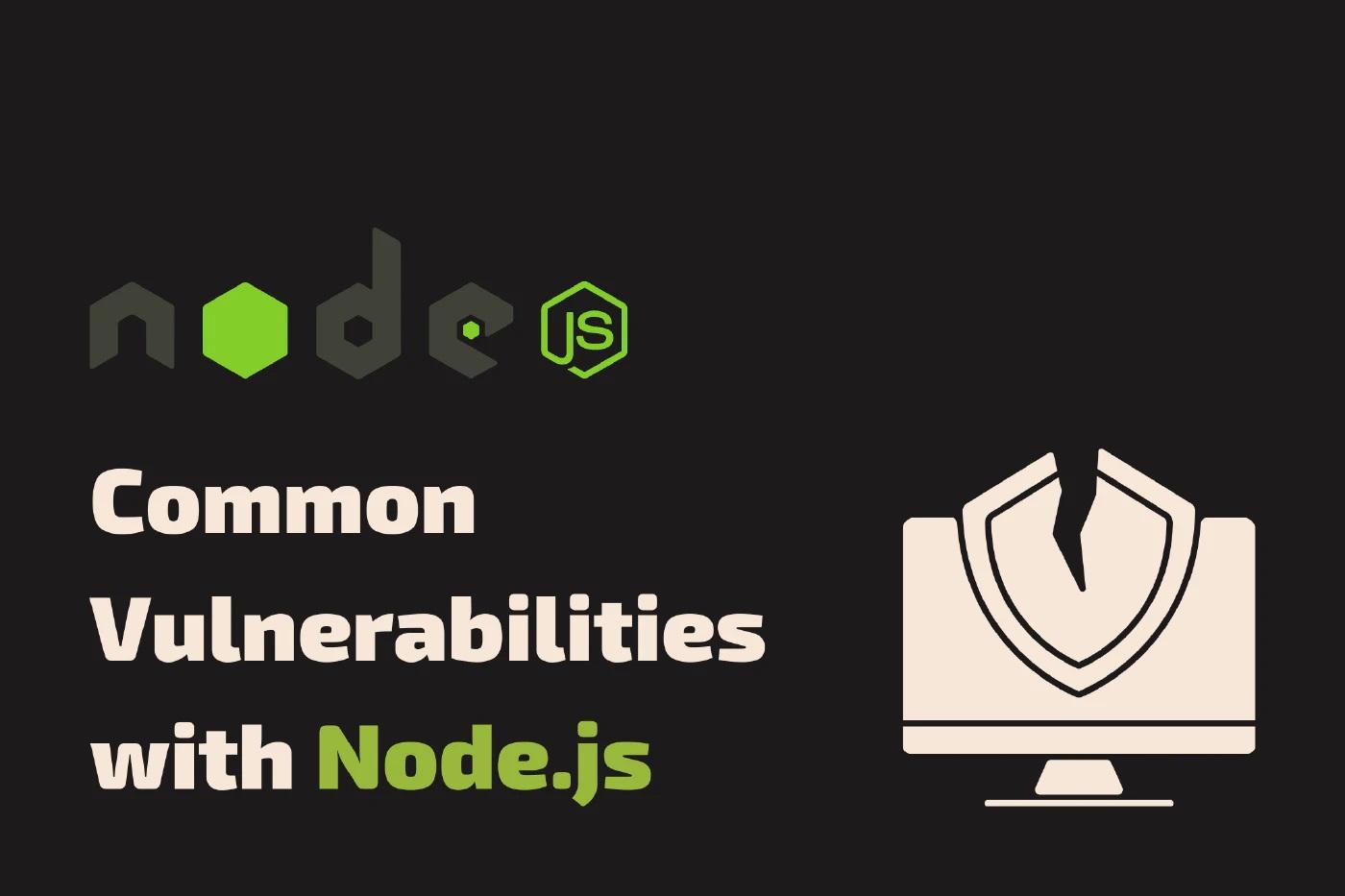
5 Common Server Vulnerabilities with Node.js
We recently published an article about OWASP Juice Shop and got a lot of great feedback from the community, so we decided to dive a bit deeper into some security-related topics.
In this article, we’ll discuss some of the common server vulnerabilities and offer some tips on what you can do to mitigate them.
Introduction
Node.js is a powerful and widely-used JavaScript runtime environment for building server-side applications. However, like any other software, Node has its own set of vulnerabilities that can lead to security issues if not properly addressed. Please do note that these vulnerabilities are not unique to Node, they can be found in every backend programming language.
This article will explore 5 common vulnerabilities:
- Injection Attacks
- Cross-Site Scripting (XSS)
- Denial-of-Service (DoS)
- Improper Authentication and Authorization
- Insecure Direct Object References
1. Injection Vulnerabilities
Node applications are vulnerable to injection attacks, such as SQL injection, NoSQL injection, and Command Injection. These types of attacks occur when an attacker inputs malicious code into a vulnerable application and the application executes it. An injection vulnerability might be a SQL injection, when untrusted data is concatenated into a SQL query. An attacker can inject malicious code into the query, which can then be executed by the database.
2. Cross-Site Scripting (XSS)
XSS attacks allow attackers to inject malicious scripts into web pages viewed by other users. This can result in sensitive information being stolen, such as login credentials or other sensitive data. To prevent XSS attacks, it’s important to sanitize all user-generated data and validate it before sending it to the client.
3. Denial-of-Service (DoS) Vulnerabilities
DoS attacks are designed to overload the server and cause it to crash. This can be done through a variety of methods, such as sending a large number of requests to the server or flooding the server with data. This can cause companies to lose a lot of money ($20,000 per hour in the event of a successful attack).
4. Improper Authentication and Authorization
Improper authentication and authorization can result in unauthorized access to sensitive data, which can lead to theft or damage. To prevent this, it’s important to implement proper authentication and authorization methods, such as using secure passwords and two-factor authentication.
5. Insecure Direct Object References
Just like improper authorization, in insecure direct object references, an attacker can access and manipulate objects directly, bypassing the intended security controls.
Conclusion
In conclusion, Node.js is a powerful and widely-used technology, but it’s important to be aware of potential vulnerabilities. By following best practices and taking proactive measures, you can ensure the security of your Node applications and protect sensitive data. Feel free to run the code snippets on your machine and experiment with them. Happy Hacking!

Esther Howard
Web Developer, DeveloperLook
Our blogs
